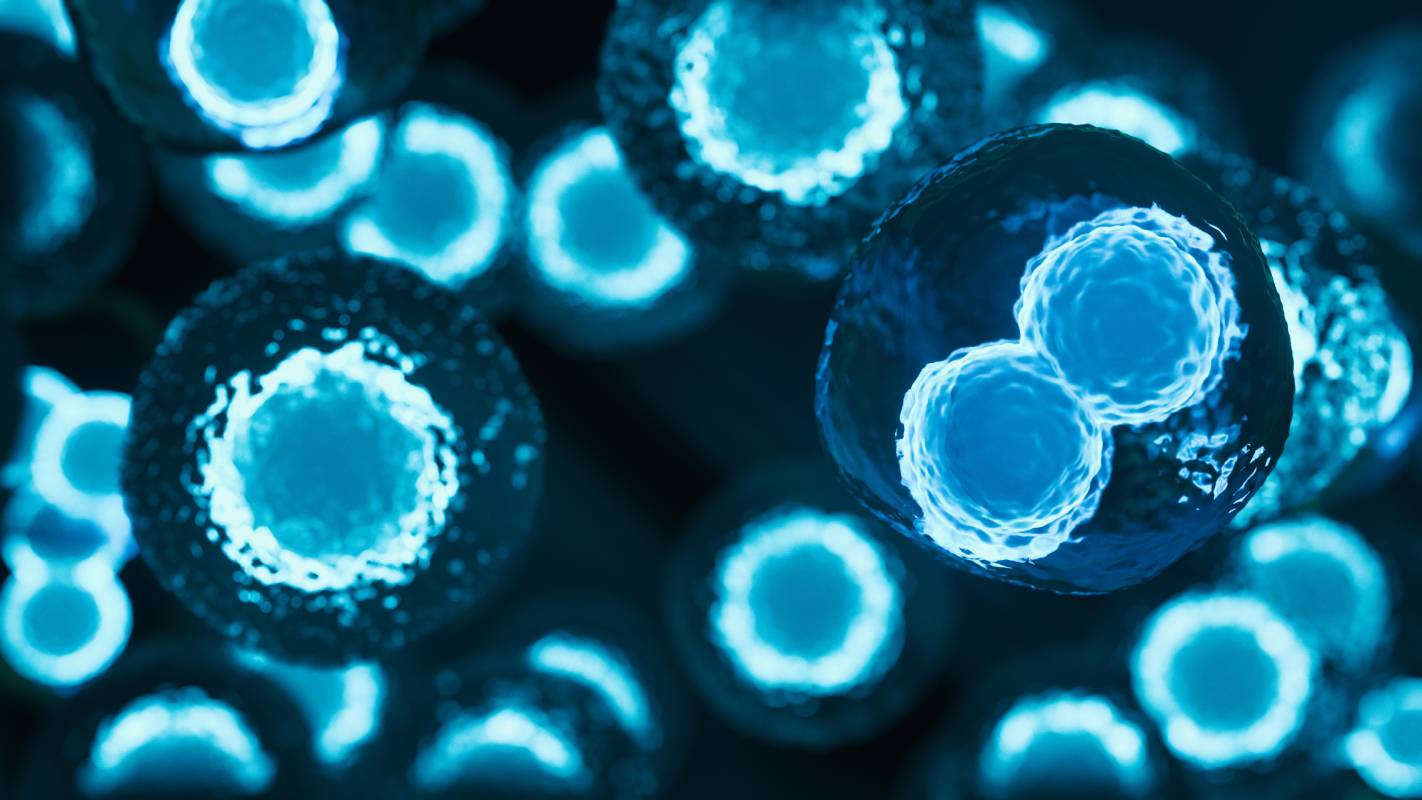
Complex regional pain syndrome (CRPS), once known as reflex sympathetic dystrophy, is a so-called “umbrella diagnosis” which encompasses a wide range of symptoms and conditions. It is used to describe prolonged pain and inflammation resulting from injury to the arm or leg [1]. Interestingly, the severity of CRPS is not correlated with the severity of the injury, but rather the overall robustness and nerve health of the affected individual. It is more common in women and people around the age of forty, and rarely seen in children or the elderly [1]. Complex regional pain syndrome can be chronic, debilitating, and difficult to manage, and scientists have begun researching whether stem cells may provide a viable treatment option.
Individuals with CRPS are more sensitized to stimuli that would not normally be considered pain-inducing in the affected region: gentle touching, for example, or movement. The pain can be both intense and prolonged. The onset of these symptoms is caused by improper firing of the peripheral nerves which communicate pain signals to the brain and is thought to have an inflammatory/autoimmune component. Other common symptoms include changes in skin temperature or texture, abnormal nail or hair growth, abnormal sweating, joint stiffness, abnormal bone growth, and impairment of muscular strength [1]. Before the exact malfunctioning nerve has been identified, patients are diagnosed as having CRPS-I; once this specification has been made, they are given the diagnosis of CRPS-II.
Though most patients recover from CRPS as their injury heals, some experience severe, chronic pain. For these patients, treatment involves long-term therapy, physical rehabilitation, or management of symptoms using low-grade analgesic drugs like acetaminophen [1]. Many of these treatments involve management of symptoms, and are not necessarily curative. Moreover, even acute CRPS can be debilitating and cause temporary disability, reduced quality of life, and absence from employment.
To address the need for more reliable treatments for complex regional pain syndrome, scientists have turned towards a technology which has occupied the cutting edge of medical science throughout the past decade: stem cells. In recent years, the immunomodulatory capabilities of human mesenchymal stem cells, which are adult stem cells found in tissues like fat or bone marrow, have been of particular interest for treatment of CRPS. The relatively easy access to these stem cells makes them an ideal candidate for the treatment of a number of complex diseases. Scientists hypothesized that the introduction of human mesenchymal stem cells might help mitigate the autoimmune component of complex regional pain syndrome, reducing inflammation and allowing for restoration of the affected nerve. In 2020, a Chinese study showed that mesenchymal cells derived from bone marrow secreted neurotrophic factors in rats, which in turn promoted microglial polarization and helped to alleviate a common type of neuropathic pain [2]. Now, the Cleveland Clinic has just received a 5.5 million USD grant from the National Institute of Health to further the technology in humans [3]. If the project is successful, it could have a large implication for treating other types of neuropathic pain, according to Dr. Cheng, who is the director of the Cleveland Clinic’s Consortium for pain. He also noted that the approximately 50 million Americans living with chronic pain could certainly stand to benefit.
References
- U.S. Department of Health and Human Services. (n.d.). Complex regional pain syndrome. National Institute of Neurological Disorders and Stroke. Retrieved from https://www.ninds.nih.gov/health-information/disorders/complex-regional-pain-syndrome
- Zhong, Z., Chen, A., Fa, Z., Ding, Z., Xiao, L., Wu, G., Wang, Q., & Zhang, R. (2020). Bone marrow mesenchymal stem cells upregulate PI3K/AKT pathway and down-regulate NF-κB pathway by secreting glial cell-derived neurotrophic factors to regulate microglial polarization and alleviate deafferentation pain in rats. Neurobiology of disease, 143, 104945. https://doi.org/10.1016/j.nbd.2020.104945
- Stem cells could relieve CRPS pain and inflammation. Practical Pain Management. (2023, January 18). Retrieved from https://www.practicalpainmanagement.com/news/stem-cells-could-relieve-crps-pain-and-inflammation

